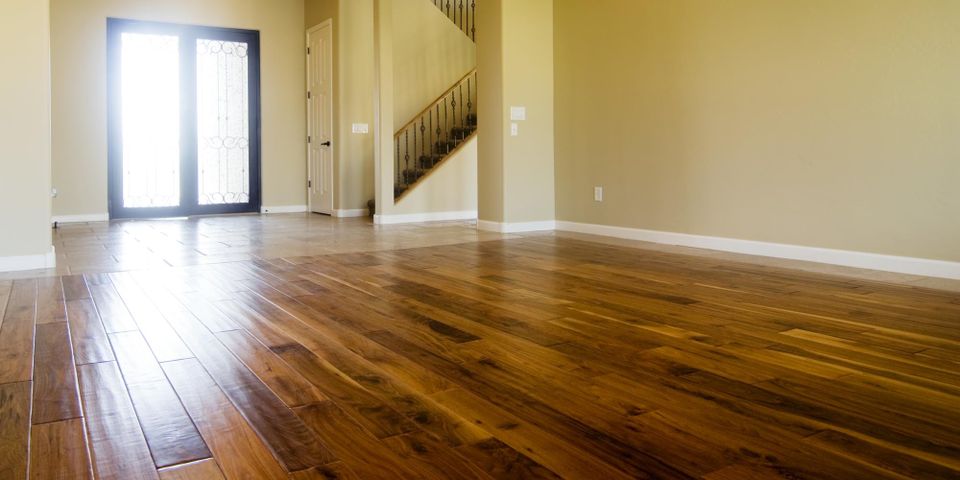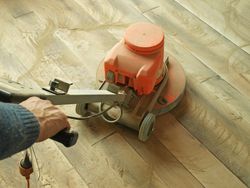What Causes Hardwood Flooring Discoloration?

After carefully selecting hardwood floors that mesh with your home’s design aesthetic, it can be frustrating to see them accumulate damage over the years and become discolored. Fortunately, professionals can help you to restore them, protecting your investment. Here is a little more information about why flooring can become discolored and what you can do about it.
Understanding Hardwood Flooring Damage
What Causes Discoloration?
Since hardwood floors are naturally porous, they are especially prone to discoloration when they aren’t protected and sealed with varnish. Tannic acid can create dark spots, water can cause internal rot that allows mold and mildew to flourish, and metal furniture that has come into contact with moisture can create rust stains on the floor. In other cases, fading can occur from constant exposure to sunlight.
To make potential stains less noticeable, many homeowners look for hardwood floors that contain many striations of different colors and shades. By choosing flooring with a great deal of texture, you can also diminish the appearance of color changes.
How Can Discoloration Be Resolved?
 Fortunately, nearly all undesirable color changes in floors can be resolved with professional help. By gently sanding the surface of hardwood floors, removing the dust, and adding a fresh layer of stain, these experts can make your flooring look brand new. Refinishing also helps to make the surface less water and stain-prone because varnishes are naturally hydrophobic.
Fortunately, nearly all undesirable color changes in floors can be resolved with professional help. By gently sanding the surface of hardwood floors, removing the dust, and adding a fresh layer of stain, these experts can make your flooring look brand new. Refinishing also helps to make the surface less water and stain-prone because varnishes are naturally hydrophobic.
If you have hardwood floors that need a little extra care, turn to Carl Bohlmeyer Floor Sanding in Lincoln, NE. For more than 50 years, this professional contractor has been helping clients to restore their flooring to their original glory through professional sanding and refinishing techniques—whether they are scuffed, scratched, dented, or discolored. Visit their website to find out more about their services. Give their office a call at (402) 423-7225 to schedule an appointment.
About the Business
Have a question? Ask the experts!
Send your question

